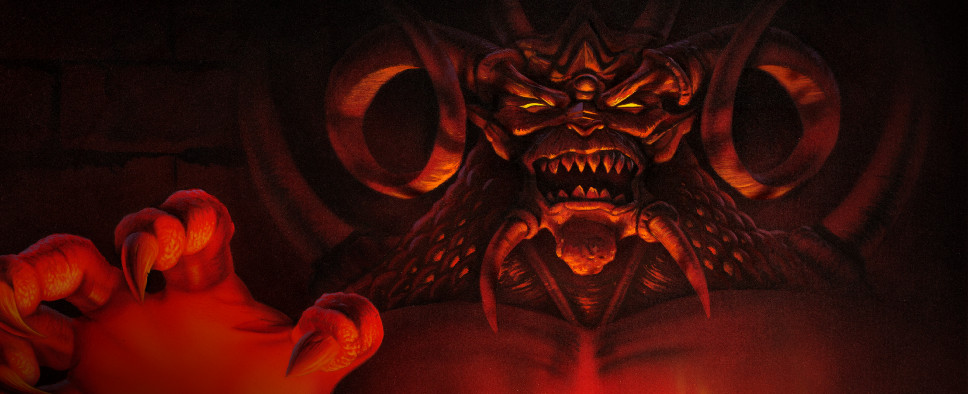Diablo Series Retrospective
-
Category: News ArchiveHits: 2981

The original Diablo launched on December 31, 1996, and has since celebrated its 20th birthday. The folks at IGN took this occasion as their cue to begin writing a detailed retrospective of the demon-slaying series. It took them a while, but considering the number of present and former Blizzard employees featured in the retrospective, the wait was justified.
The retrospective looks back to the days when the studio that will be later known as Blizzard North went by Condor, and much like the RPG developers of today, they weren't able to pitch their Diablo idea to a single publisher as far back as 1993. I guess some things never change.
Working on Sega Genesis games to pay the bills, while holding onto the dream of someday making Diablo, the Condor guys established an amicable relationship with another studio – Silicon & Synapse, at the time in the process of changing its name to Blizzard Entertainment. The folks at future Blizzard were the first to show any enthusiasm for Diablo, which eventually led to Condor teaming up with them as Blizzard North, and the rest, as they say, is over two decades of genre-defining history. From Diablo's sudden overwhelming success, to Diablo II's legacy, and to the current state of Diablo III, IGN's 2-page retrospective covers it all.
A few paragraphs to spark your curiosity:
Originally pitched as a turn-based single-player RPG, a number of significant changes were made during the two-year development cycle for Diablo. Chief among those, was a suggestion from Blizzard – before Condor was acquired – that they switch the combat to real-time.
“I remember it like it was yesterday, the moment that we made it real-time instead of turn-based,” David Brevik recalls. “It was a big debate in the office for quite a while. I resisted it. I didn't want to make it real-time. I really loved the tension and the perma-death and things like that of games like Rogue and NetHack. Stuff like, ‘Oh my god! I've got a little bit of health. I've got to make this decision. What am I going to do?’ It didn't feel like a real-time game could give me that tension, and so I resisted.”
It’s hard to quantify the lasting impact that going real-time would have on an RPG like Diablo, but for those that played it upon release, the experience was both familiar yet new. “I was a big Gauntlet fan, but the thing about playing Gauntlet, it's just sucking quarters out of your pocket,” Julian Love explains. “So, when Diablo comes out, it's like that but with so much more depth that you can just lose days and days in it. It was an instant, instant hook.”
As the lead programmer on Diablo, one of the drawbacks that David Brevik saw with the prospect of switching the combat to real-time would be extensive delays to an already drawn out development cycle. Plus, the need for more money from its newly found benefactor to complete the project. Even so, he got out-voted, and was left with the prospect of radically changing the game.
Alone in the office on a Friday, he was forced to face his greatest fear. “I was like, ‘This is going to take me forever. You guys just go home or whatever.’ And when they came back on Monday, it was working. I remember playing the hero and he had this mace. I clicked on a skeleton and the hero walked across the screen, swung, and smashed it to pieces. At that moment, I knew that it was something different and special. You could easily tell.”
“It wasn't long after that, that everybody in the company was just staying after work and playing the game,” Brevik continues. “People don't usually sit around after work and play what they are working on all day.” This change to real-time combat came fairly early in the Diablo development cycle, and its impact would inform every choice from that moment on, from monster behaviour to skills to items and of course, loot.

